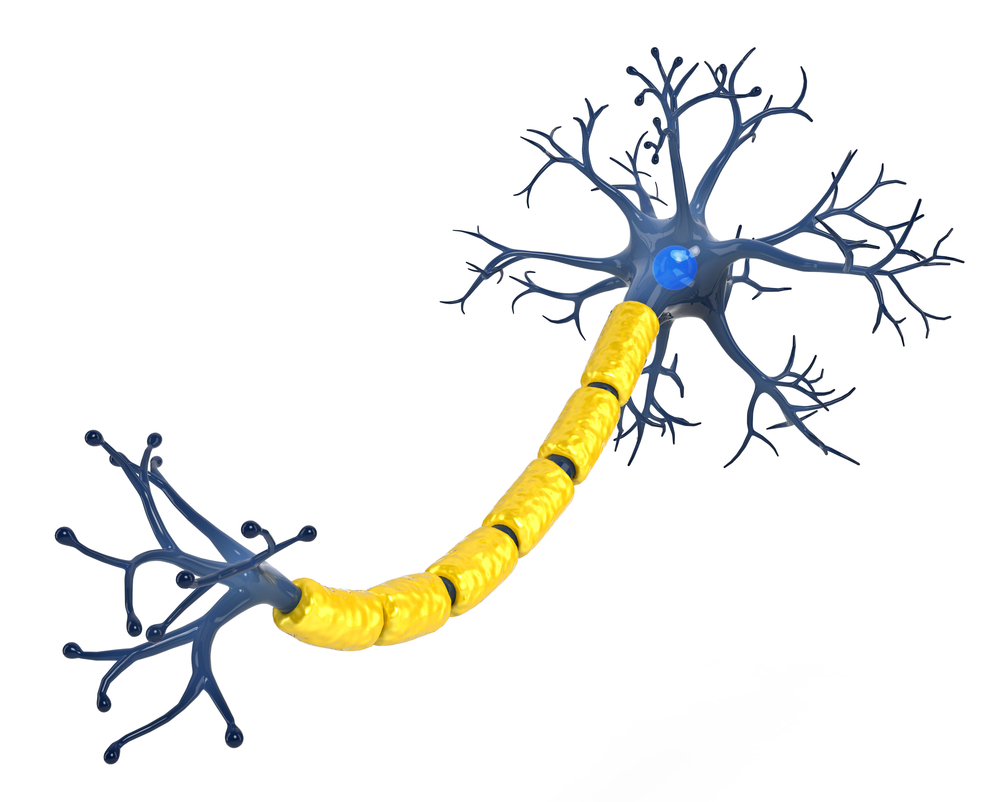How Motor Neurons Form from Stem Cells Seen in Study That May Move ALS Cell Therapy Step Forward

The molecular steps taken to turn immature stem cells into working motor neurons were seen in new research, potentially furthering cell therapies to treat neurological disorders like amyotrophic lateral sclerosis (ALS) by teaching scientists more about this complex process.
The study, “A Multi-Step Transcriptional And Chromatin State Cascade Underlies Motor Neuron Programming From Embryonic Stem Cells,” was published in the journal Cell Stem Cell.
ALS is characterized by a progressive loss of motor neurons, so ways of producing new neurons are of interest.
The research team, based in the U.S. and Germany, had already found they could transform stem cells — immature cells that give rise to any cell in the body — in mice into motor neurons by controlling the expression levels of three transcription factors (proteins that regulate the production of other proteins) present in the stem cells. But to better understand how these three proteins control this transformation process, the researchers analyzed how they bind to the genes and influence their expression, recording changes every six hours during the process.
“We have a very efficient system in which we can transform stem cells into motor neurons with something like a 90 to 95 percent success rate by adding the cocktail of transcription factors,” Shaun Mahony, one of the senior authors of the study, said in a news release. “Because of that efficiency, we were able to use our system to tease out the details of what actually happens in the cell during this transformation.”
They discovered two independent pathways that participate in the transformation process, but converge at a certain point. One pathway includes the transcription factors Isl1 and Lhx3, whose role is to bind to genes and activate their expression in cells. [Activating a gene’s expression means getting it to produce a product, usually a protein.] The other pathway includes the third transcription factor, called Ngn2, that makes additional changes to gene expression, changes that later bring the first two factors back into play to finish the process. The complete transformation process is carried out when both pathways are up and running.
With these results, researchers believe they can skip several steps of the transformation process and accelerate the final result, a newly formed motor neuron.
“A cell in an embryo develops by passing through several intermediate stages,” said Uwe Ohler, the study’s other senior author. “But in direct programming we don’t have that: we replace the gene transcription network of the cell with a completely new one at once, without the progression through intermediate stages. We asked, what are the timing and kinetics of chromatin changes and transcription events that directly lead to the final cell fate?”
According to Esteban Mazzoni, a study lead author, this biological process is quite complex and several questions remain about the viability of using it to repair cells, but it may be possible.
“Looking ahead, we think it’s reasonable to use this newly gained knowledge to, for instance, manipulate cells in the spinal cord to replace the neurons required for voluntary movement that are destroyed by afflictions such as ALS,” he said.






